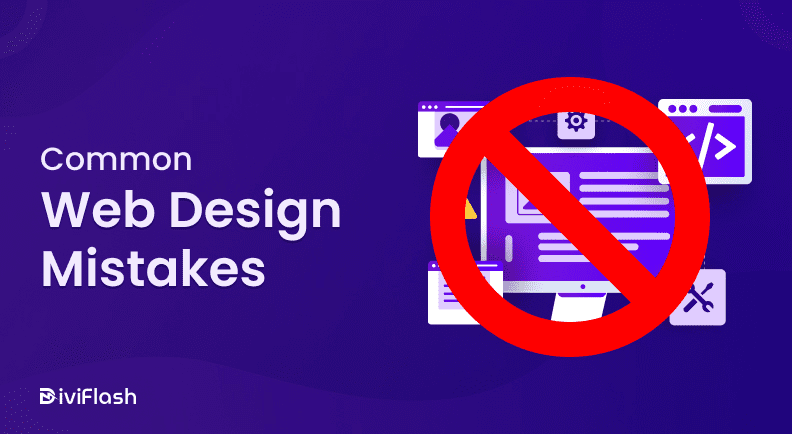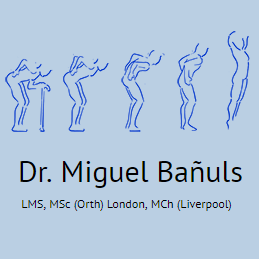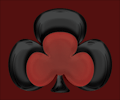In the intricate realm of web design, understanding and avoiding **web design mistakes** can significantly elevate your online presence. Many website creators find themselves ensnared by common web design pitfalls that not only detract from aesthetic appeal but can also diminish user engagement. This insightful exploration will delve into pivotal web design best practices, shedding light on frequent issues that can thwart your website’s potential. By prioritizing aspects such as improving website usability, ensuring mobile responsive design, and adopting effective website navigation tips, you create a more user-centered experience. Emphasizing these strategies will not only boost your website’s functionality but also enhance its accessibility and search engine optimization.
Stepping into the captivating world of online aesthetics, one finds that mastering the art of site creation necessitates a keen awareness of prevalent design blunders. By steering clear of typical design pitfalls, site architects can foster an inviting digital environment that resonates with visitors. The focus here pivots towards optimizing user experience, promoting adaptability across various devices, and ensuring seamless navigation. As we embark on this journey through common design dilemmas, our goal is to arm you with timeless strategies that not only uplift your site’s charm but also invariably drive engagement and interaction. Let’s unravel the layers of effective web design and pave the path to an exceptional online presence.
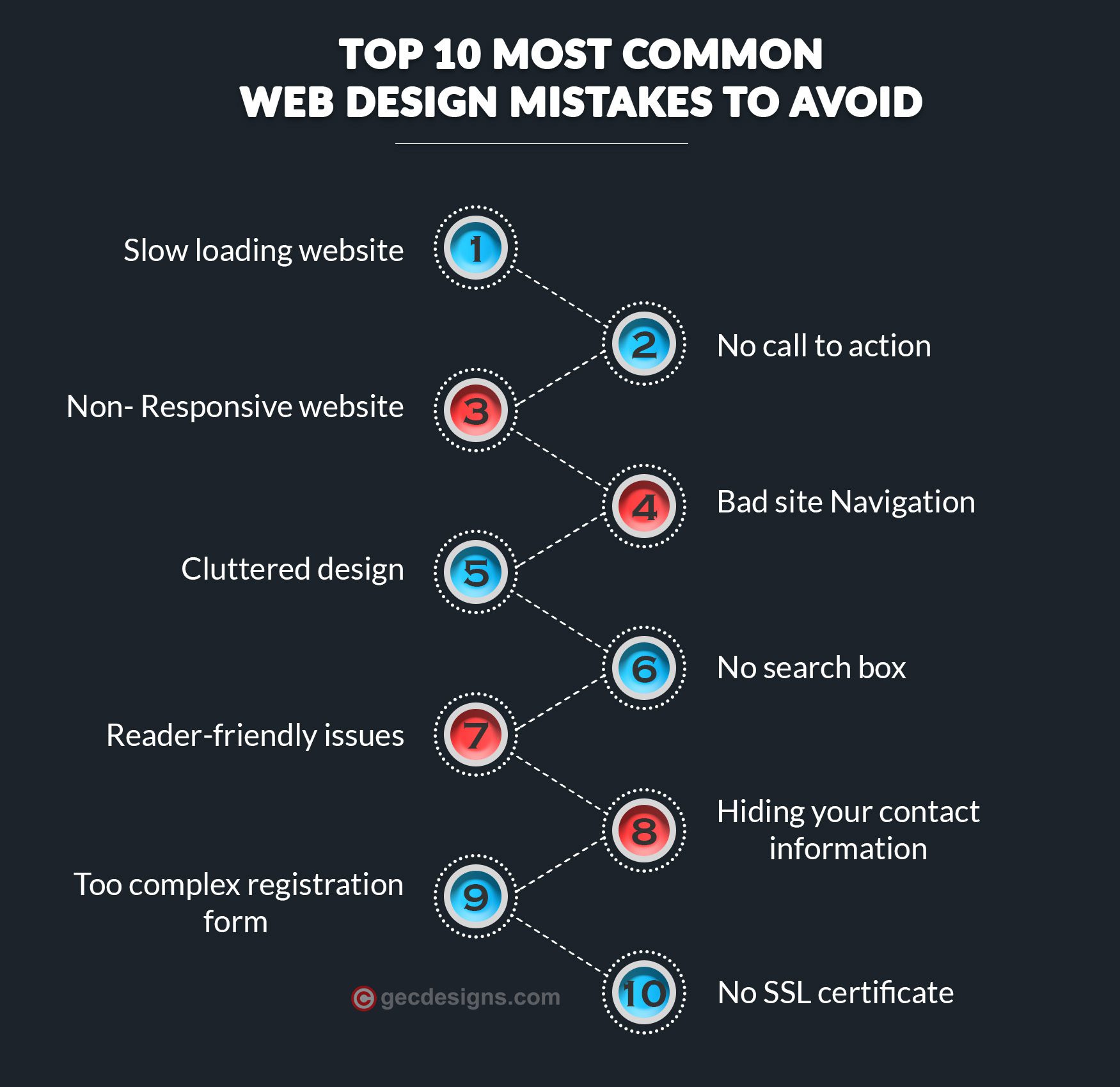
The Importance of User Experience
User experience (UX) is at the heart of successful web design. Imagine navigating a labyrinth, where every twist and turn leads to frustration instead of discovery. This is how users feel when confronted with a poorly designed site. If your website lacks intuitive navigation or is a labyrinth of links, you’re shutting the door in the faces of potential visitors. A user-friendly interface, characterized by clear order and accessibility, transforms that labyrinth into a welcoming garden, enticing users to explore.
Moreover, a great user experience extends beyond mere aesthetics. It’s about creating a journey that resonates with your audience. By understanding your users’ needs and behaviors, you can tailor your site to match their expectations. Engaging layout, appealing visuals, and a thoughtful flow of information help to cultivate a positive emotional connection, making them not just visitors, but potential loyal partners in your brand’s story.
The Dangers of Information Overload
In the vast digital sea, information flows like an unending river, promising knowledge yet threatening to drown unsuspecting users. Overloading your website with content is akin to packing a suitcase with unnecessary clutter; the essentials get lost in the chaos. When users are bombarded with excessive text or imagery, they can become overwhelmed, leading to decision paralysis—an unfortunate state where they may turn away rather than engage.
To combat this, prioritize clarity and simplicity. Curate your content with intention, highlighting key messages and using whitespace to breath life into your design. Break content into easily digestible segments, utilizing bullet points or engaging visuals that help guide the eye. This thoughtful approach transforms a chaotic informational battlefield into an inviting sanctuary, ensuring users feel informed, not inundated.
Balancing Aesthetics and Functionality
In the symphony of web design, aesthetics and functionality must harmonize to create a masterpiece. Overly ornate designs can captivate the eyes but may frustrate users if they hinder usability. Think of a beautiful piece of art—if it cannot be interacted with, its potential to engage is lost. Striking the right balance involves marrying form and function, ensuring that users can navigate effortlessly while also enjoying visually arresting elements.
This delicate balance is achieved through a well-defined style guide. Establish consistent typography, color schemes, and design components that resonate with your brand identity while remaining user-centric. By doing so, you construct not just a website but a branded experience. Each visit feels familiar, engaging users and fostering a sense of trust that beckons them to return, explore deeper, and connect more meaningfully with your content.
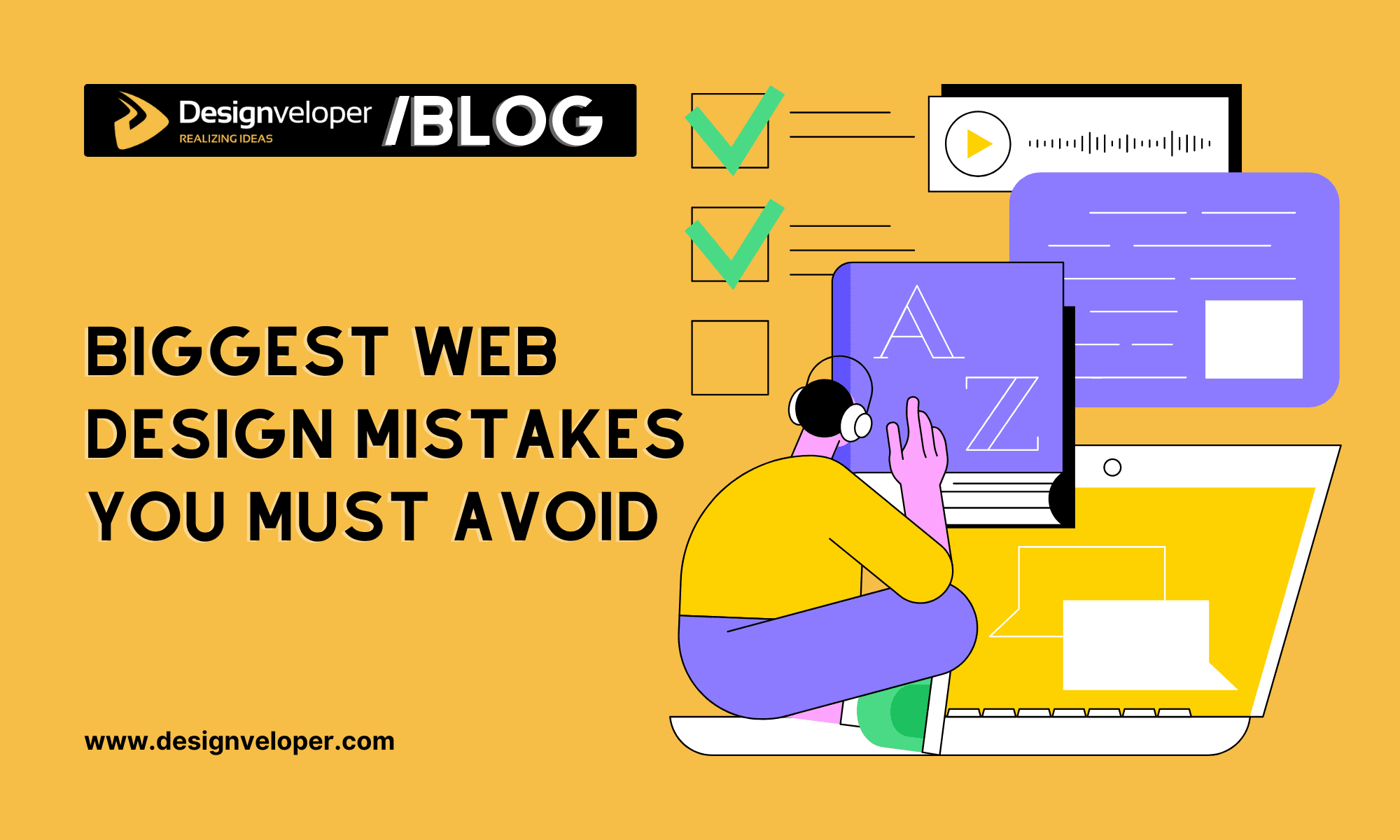
Embracing Web Design Mastery
In the realm of web design, the key to unlocking your site’s true potential lies in the meticulous avoidance of common pitfalls. As we journey through the expansive landscape of online presence, it’s vital to remember that every element counts. Emphasizing mobile responsiveness ensures that your reach spans across all devices, welcoming visitors with open arms. A well-structured navigation system is akin to a well-charted map, guiding users smoothly through the vast expanse of your content. Furthermore, placing significant emphasis on consistency in design elements not only strengthens brand identity but also fosters trust within your audience, drawing them deeper into your narrative.
Moreover, enhancing site performance extends beyond mere aesthetics; robust loading speeds and thoughtful CTAs act as powerful catalysts for user engagement. In this digital dance, SEO becomes your guiding melody, orchestrating visibility in the crowded online arena. Accessibility must resonate as a fundamental note, ensuring your symphony reaches an audience of varied needs. Regular analytics provide the rhythm for ongoing refinement, allowing you to adapt and flourish in an ever-changing environment. By implementing these strategies, you craft not just a website, but a thriving interactive experience that sings to the hearts and minds of your visitors.
The Ongoing Journey of Web Design
As we conclude this exploration of web design dos and don’ts, let us not view our journey as a destination but rather as a continual path towards excellence. The digital realm is ever-evolving, and with each design choice, we produce echoes that resonate with our audience’s desires and preferences. Regular reassessment of your site ensures that it doesn’t just keep pace, but also innovates and inspires, creating an interactive space that engages the modern user. From the onset of the design process to the ongoing adjustments informed by analytics, every step is a chapter in your digital story.
Adopting a mindset of growth and responsiveness will empower your website to flourish. By prioritizing accessibility, a seamless user experience, and purposeful content, you’re not merely avoiding mistakes; rather, you are crafting a digital sanctuary that invites exploration and interaction. Remember, the foundation of a successful website is built upon clarity, engagement, and a deep understanding of user needs. As you embark on this fulfilling endeavor, may your creativity flow and your design decisions bloom, crafting a site that is not just functional, but a vivid manifestation of your brand’s story.

